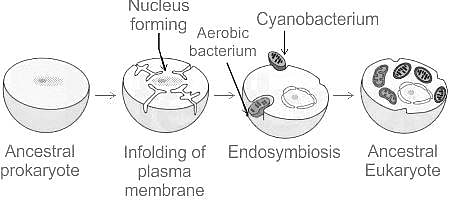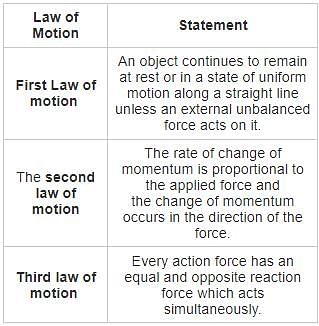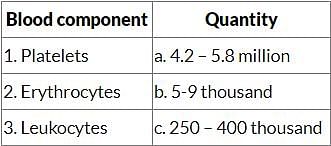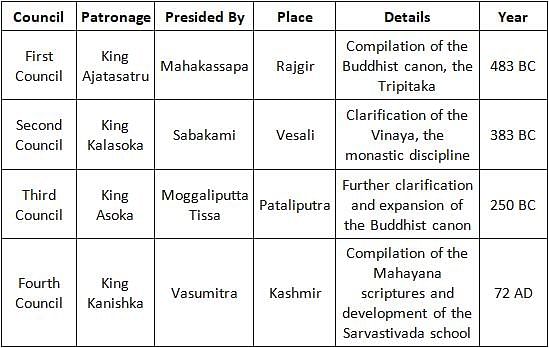BPSC Prelims Mock Test - 2 - BPSC (Bihar) MCQ
30 Questions MCQ Test BPSC Prelims Mock Test Series & Past Year Papers 2024 - BPSC Prelims Mock Test - 2
Which stone age in India can be closely associated with the people of Homo sapiens group?
Sir Syed Ahmed Khan was related to which of the following Movements?
| 1 Crore+ students have signed up on EduRev. Have you? Download the App |
Which of the following constitutional provision was borrowed by Indian Constitution from British Constitution?
Which one of the following is the correct sequence of different stages a budget has to go through in the Parliament?
- Presentation of the Budget
- Scrutiny by Departmental Committees
- Passing of Finance Bill
- Passing of Appropriation Bill
Select the correct answer using the code given below :
Which of the following organelles shows similarity to a prokaryotic cell?
When a bus starts suddenly, the passengers are pushed back. This is an example of which of the following?
Which of the following has a similar physical state as water at room temperature?
Which of the following gases is NOT a major greenhouse gas that causes climate change?
Out of 8 consonants and 4 vowels, how many words of 3 consonants and 2 vowels can be formed?
In which Sea was the maiden India-ASEAN naval exercise conducted?
Which of the following has unveiled an AI service called “Bard”?
Sewerage Treatment Plant (STP) will be built in 23 cities along the banks of which among the following river in Bihar?
How much money has been provisioned for Indira Awas Yojana in the Bihar Budget 2022-23?
Which of the following Music originated in Bihar state?
Classical Dance - Which of the following pairs of states is correct?
- Bharatanatyam - Karnataka
- Mohiniyattam - Kerala
- Sattriya - Manipur
The central and provincial budgets were separated for the first time through which of the following Acts?
Consider the following statements with regard to the formation of new States and alteration of boundaries of existing' States :
- Parliament may increase the area of any State.
- Parliament may diminish the area of any State.
- Parliament cannot alter the boundary of any State.
- Parliament cannot alter the name of any State.
Which of the statements given above is not correct?
As per RBI norms, what is the capital adequacy ratio that Indian scheduled commercial banks are required to maintain?
Which of the following pairs will form the most stable ionic bond ?
Consider the following:
- Bihar Millet Mission
- Bihar Pulses and Oilseeds Development Mission
- Crop Diversification Mission
Which among the above-given mission has/have been proposed to be launched as mentioned in the Bihar state Budget 2023-24?
Ravi got married 8 years ago. His present age is 6/5 times his age at the time of his marriage. Ravi's sister was 10 years younger to him at the time of his marriage. The present age of Ravi's sister is:
The two Buddhist sects Hinyana and Mahayana were given recognition by
Recently Shyamala Gopinath Committee’s formula was in news, it is related to which of the following?
Recently a controversial Rule known as 'Title 42' has been in news, it is related to which of the following?
In J&K, the Indian Army installed the tallest 'Iconic National Flag' in which district on March 9, 2023?
|
3 docs|29 tests
|
|
3 docs|29 tests
|






















